Toggle switch

Description: The following circuit works as a toggle switch. The circuit has two stable states, ON and OFF. Once it is ON, it remains ON till you press the switch again.
This 555 timer circuit below toggles the LED when a button is pressed. Pins 2 and 6, the threshold and trigger inputs, are held at 1/2 the supply voltage by the two 10K resistors. When the output is high, the capacitor charges through the 100K resistor, and discharges when the output is low. When the button is pressed, the capacitor voltage is applied to pins 2 and 6 which causes the output to change to the opposite state. When the button is released, the capacitor will charge or discharge to the new level at the output (pin 3). The parts are not critical, the resistors can be somewhat higher or lower, but the 2 resistors at pins 2 and 6 should be equal values, and the resistor connected to the cap should be 10 times greater or more. Advantages of this circuit are the large hystersis range at the input which avoids false triggering, and only a few parts are needed for construction. One disadvantage is the relay(if relay is used in place of LED) may be engaged when power is first applied. To solve this problem, you could tie the reset line (pin 4) to another resistor/capacitor combination with the capacitor at ground and the resistor at the +B1 point. This will cause pin 4 to be held near ground for a short period which will reset the output when power is applied.

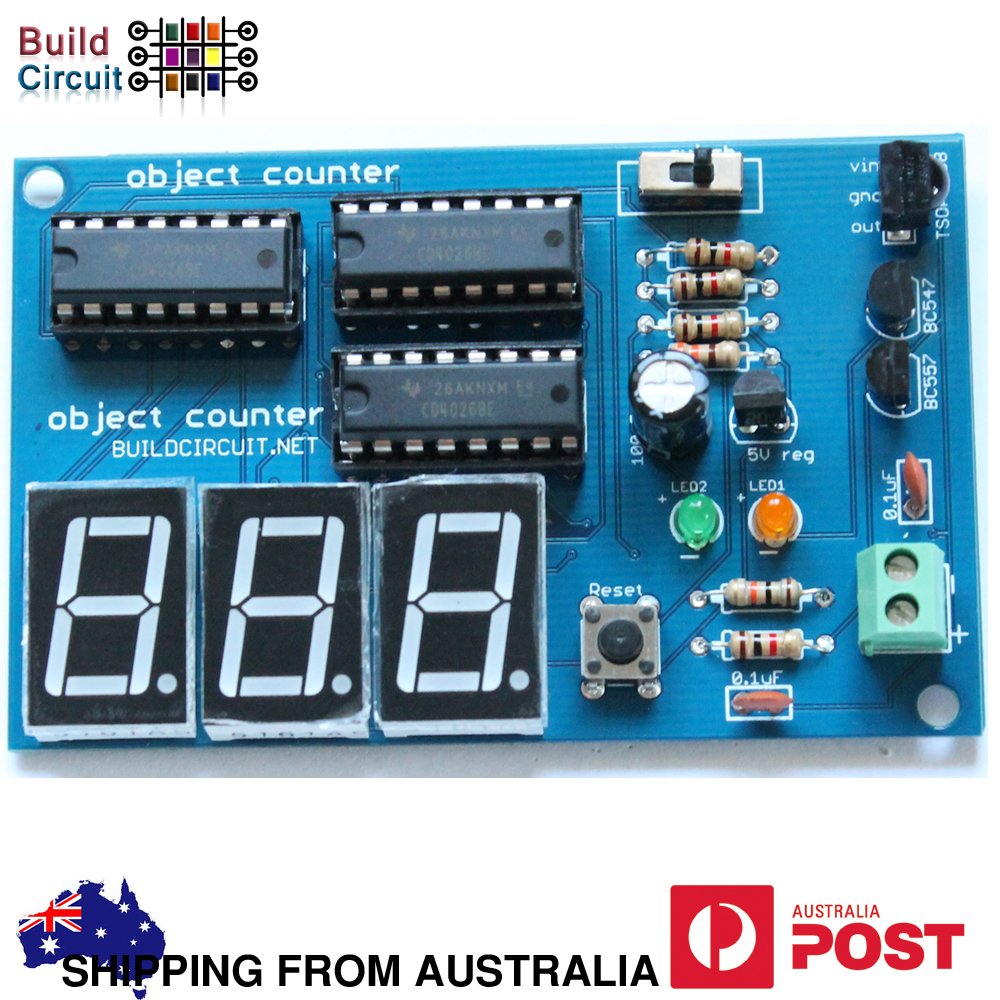
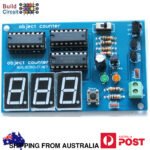
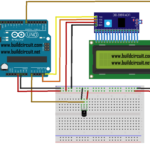
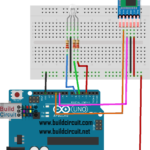
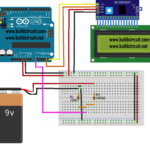
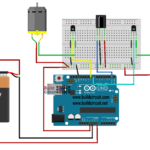
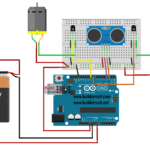



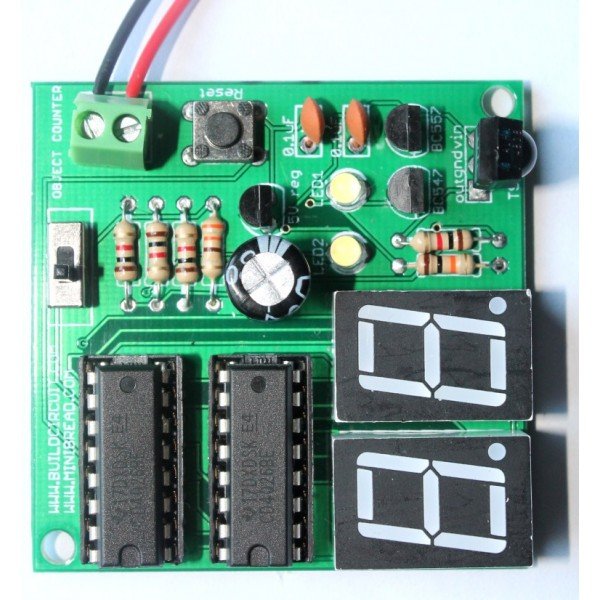
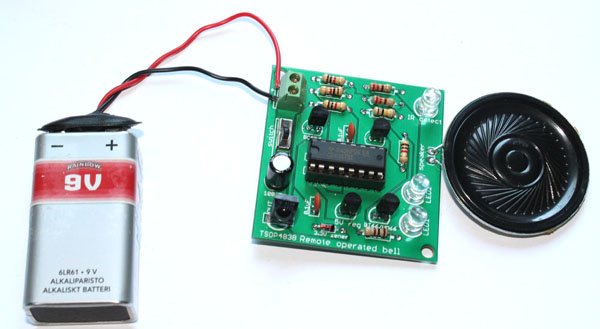

Hello,
I was hoping to use this exercise to power a 24v LED strip with a series of 2 A27 12V batteries utilizing a tactile on/ off switch. Is this possible?
You might need to include a common emitter stage between the logic and the output circuit but it’s always possible.
The 555 isn’t designed to output a lot of current so it’s better to use it to drive the base/gate of a transistor and let the transistor do the work of sinking whatever current your device needs. If you’re using a BJT just remember to use a resistor between the output and the base or the 555 will pump out a lot of current, followed by smoke.